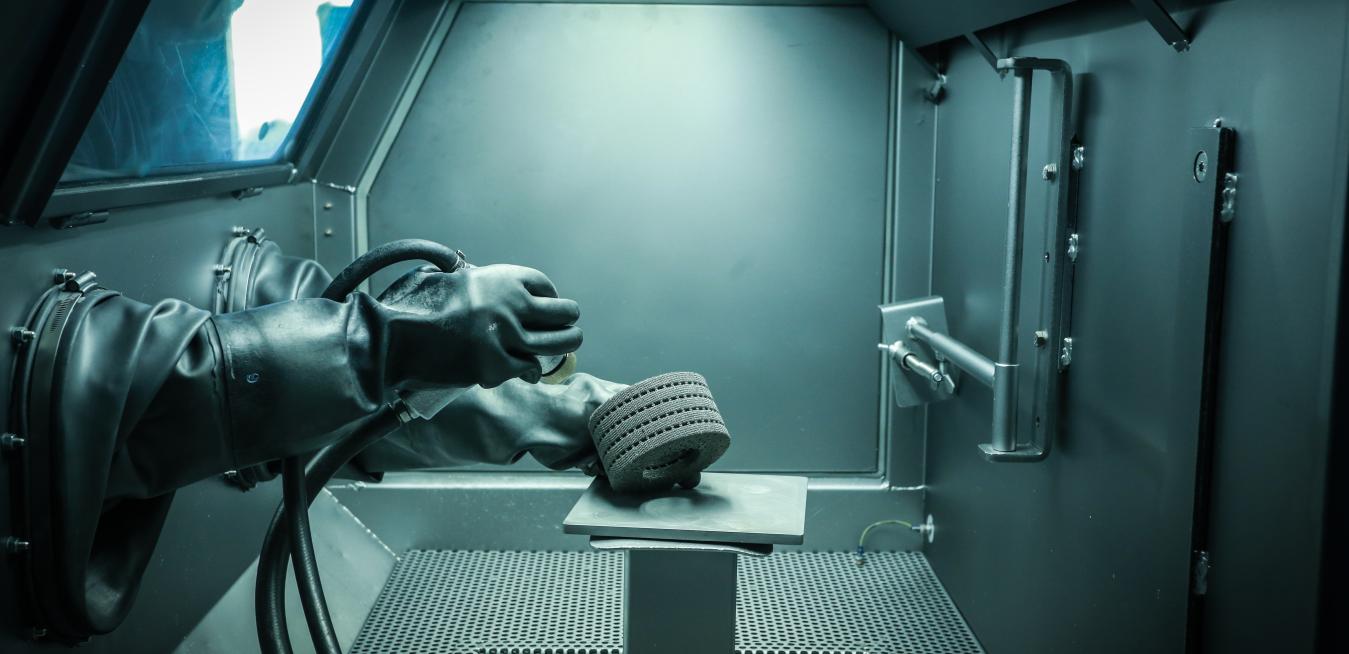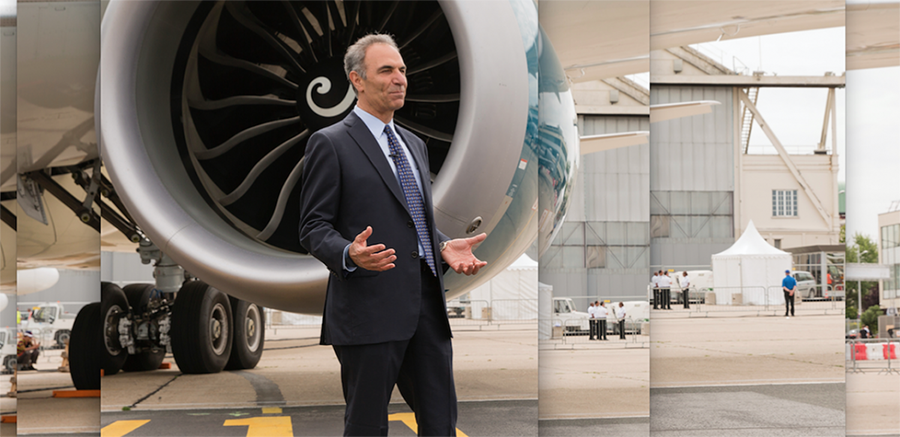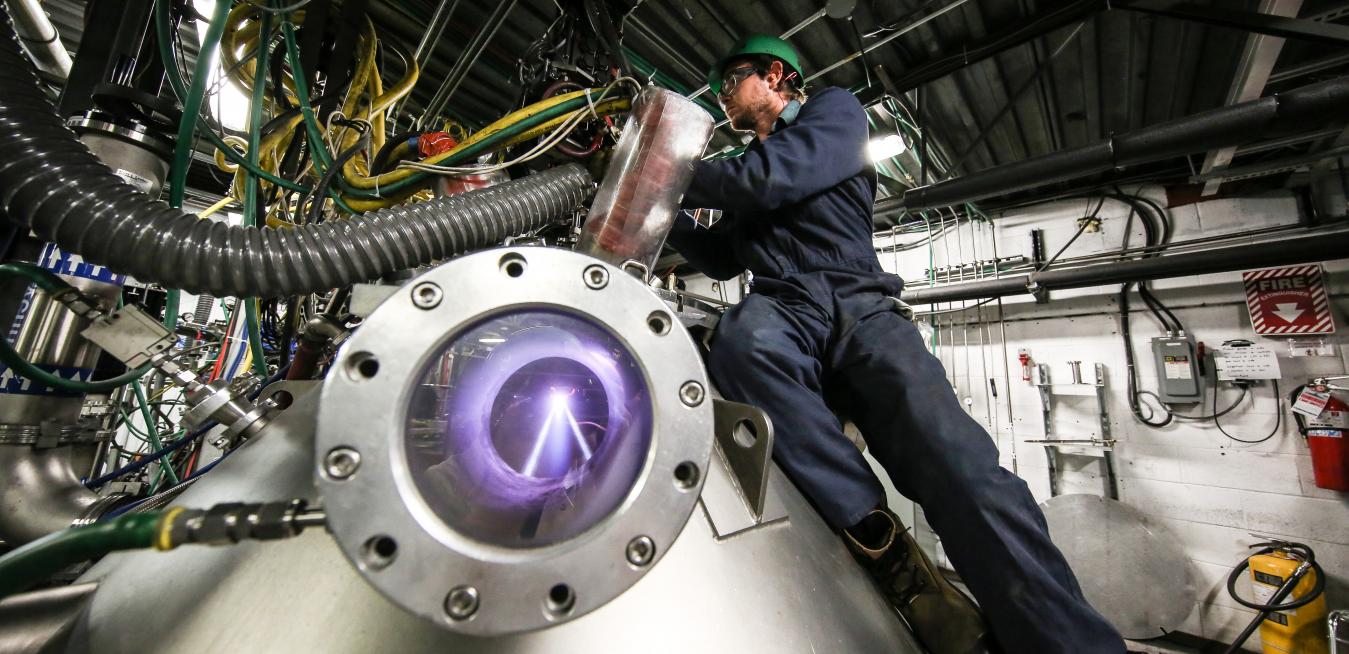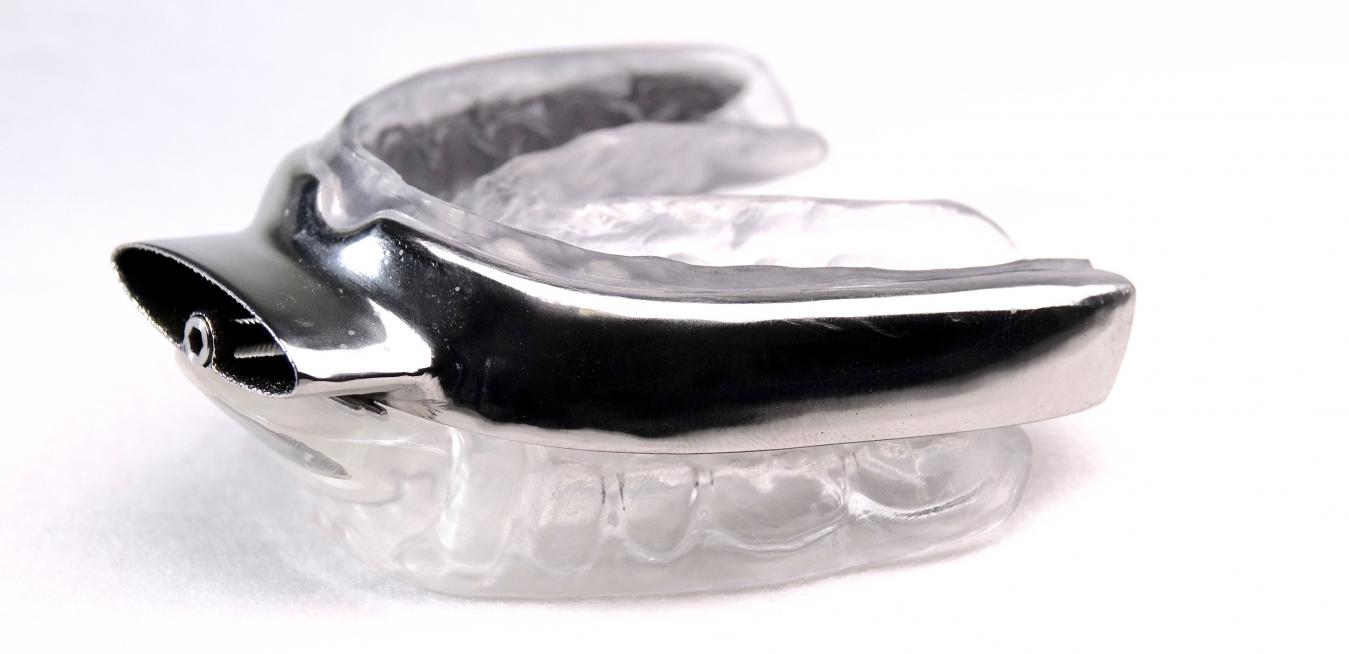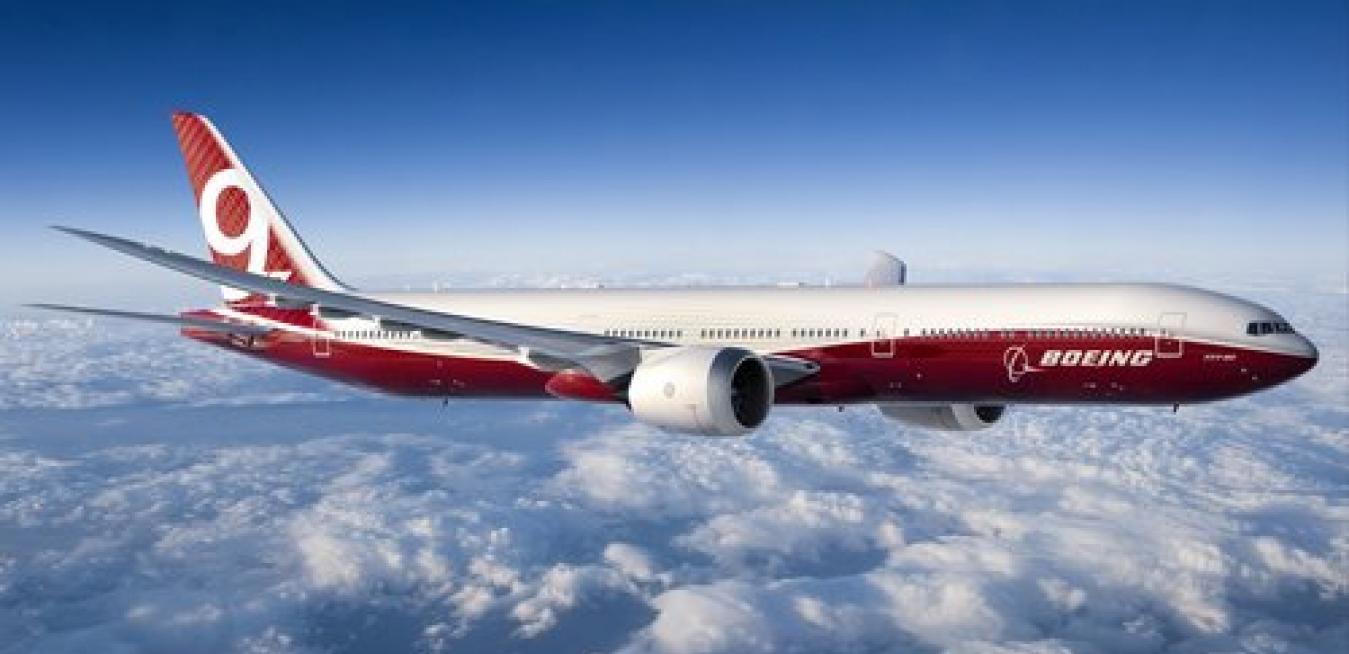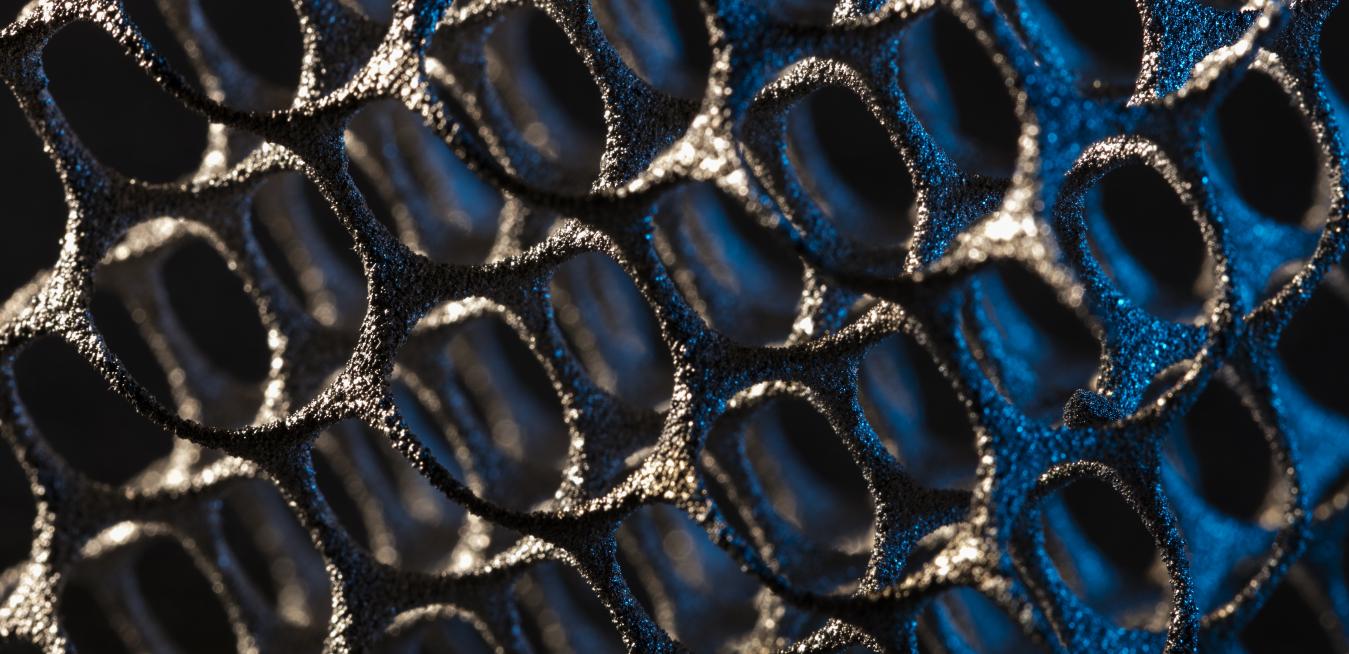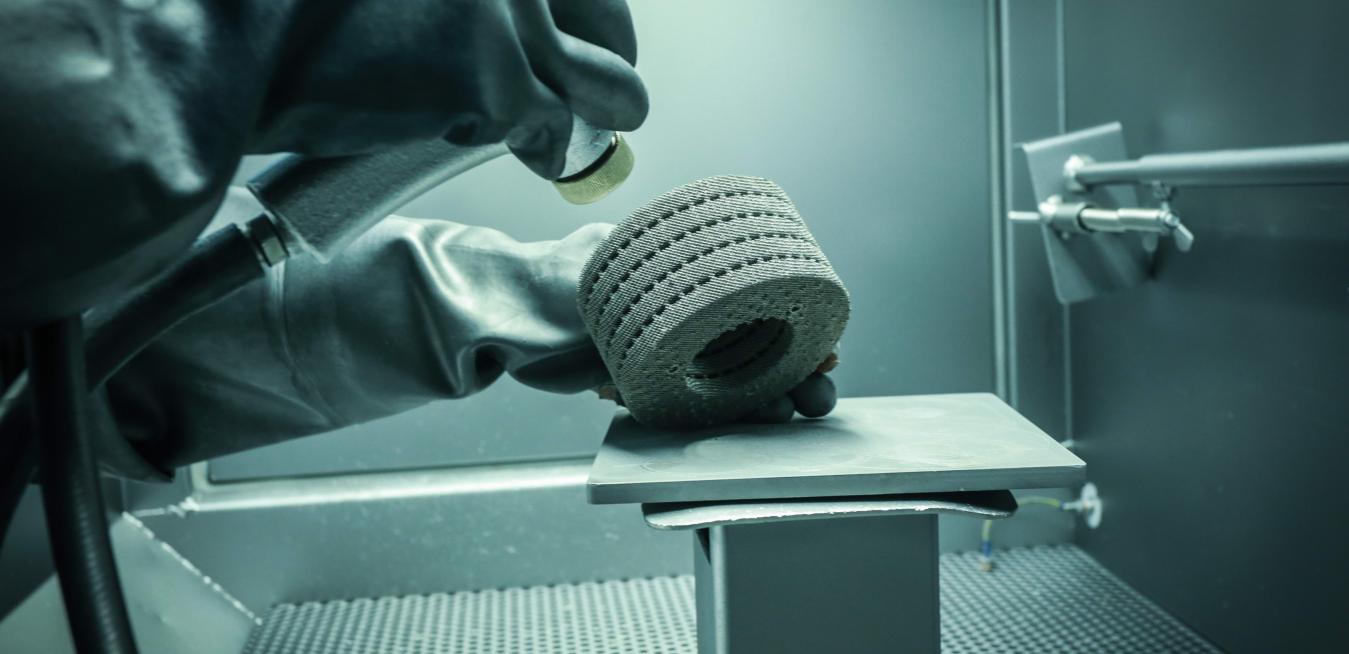Nestled in the rolling hills of the Po Valley, the small town of Cameri looks like a postcard Italian village, complete with a classic piazza surrounded by traditional-style buildings and a church. It’s a startling contrast, then, that less than a mile from the center of this village sits a major hub of aerospace innovation, anchored by one of largest 3D-printing factories in the world. Operated by Avio Aero, a GE Aviation company, the plant makes the arm-sized blades for the GE9X engine, the world’s largest jet engine.
Lucca, a sandy-colored, 1-year-old shih tzu, is undeniably cute — thanks in part to the tiny legs he trots about on. But one of those legs was also a source of potentially lifelong discomfort for the pup. Lucca grew up with a deformed lower leg, a condition often found in smaller dogs, including shih tzus and dachshunds: Two bones in his front right leg developed at different rates. When one stopped growing prematurely, it acted like a bow string, causing the other to twist and bend.
Jet engines are large and complicated machines. But sometimes surprisingly small parts can make a big difference in how they work.
A decade ago, engineers at CFM International, a joint venture between GE Aviation and France’s Safran Aircraft Engines, started designing a new, fuel-efficient jet engine for single-aisle passenger planes — the aircraft industry’s biggest market and one of its most lucrative.
This is the story of how Dr Christopher Hart, a sleep-deprived Australian dentist, collaborated with CSIRO, the nation’s innovation enabler, to lift the snorer’s curse for himself and for thousands, perhaps soon to be hundreds of thousands, of others.






